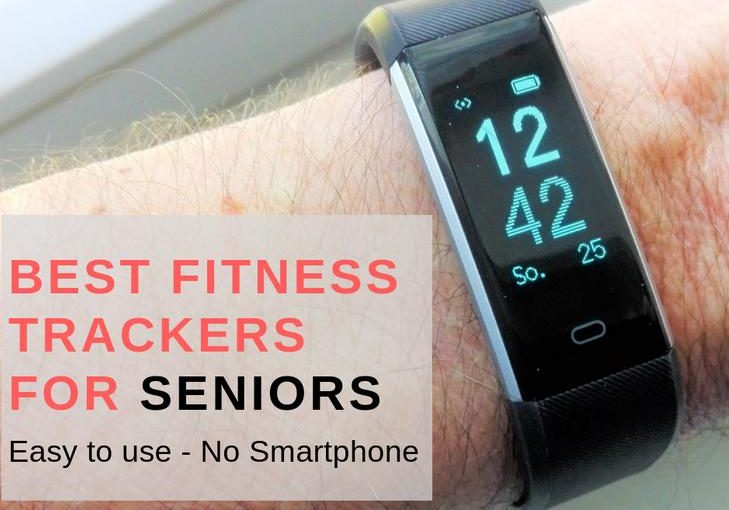Overview of Age-Friendly HIIT
High-intensity interval training (HIIT) has been shown to deliver significant fitness benefits in a time-efficient manner and can be adapted for older adults, even those with comorbidities[1]. This form of exercise alternates between intense bursts of activity and recovery intervals, making it possible to tailor workout sessions to an individual's physical condition by modifying duration, intensity, and complexity[4].
Warm-Up and Preparation

A proper warm-up is essential for older adults to prepare the muscles and joints and to minimize the risk of injuries during high-intensity sessions[4]. It is recommended to engage in a dynamic warm-up lasting approximately 10 minutes, such as walking or low-intensity pedaling, that targets the same muscle groups to be used during the main HIIT session[1].
HIIT Protocol Design and Work-Rest Ratios

The structure of an age-friendly HIIT protocol involves a brief warm-up, followed by alternating intervals of high-intensity work and recovery, and ending with a cool-down[1]. A typical protocol for older adults might include intervals lasting 30 to 60 seconds at a challenging, yet manageable, effort level, interspersed with recovery periods of equal or slightly longer duration[4]. For instance, if a senior is accustomed to walking, the workout may involve alternating between a normal pace and a brisk pace for one minute, followed by a few minutes of recovery at a usual walking speed[1].
Establishing Target Heart Rate Zones
Monitoring heart rate is a critical component of HIIT, especially for older adults with conditions such as hypertension or heart disease. Using the target heart rate zone ensures that the exercise intensity is effective without overstraining the heart[6]. The American Heart Association recommends that during exercise, seniors aim for 50 to 85 percent of their maximum heart rate, which can be determined by measuring the pulse manually by pressing lightly on the inner wrist or by using a fitness tracker[6]. This careful monitoring, whether through self-assessment or wearable devices, helps maintain exercise within a safe and beneficial intensity range.
Monitoring Devices and Progress Tracking
For accurate progress tracking, wearing a fitness tracker or using a fingertip pulse oximeter is recommended to monitor heart rate in real time[6]. These devices can provide immediate feedback regarding whether one is reaching the desired intensity during the high-intensity intervals and help to adjust work and recovery periods accordingly[1]. Additionally, recording engagement in a training diary — as was done in unsupervised home-based HIIT studies — allows for the tracking of both adherence and achievement of target heart rates, which is essential for seniors who are new to exercise or who have specific health concerns[5].
Precautions for Older Adults with Comorbidities
Older adults or individuals with limited exercise history and comorbidities should modify HIIT to suit their current fitness levels and health conditions[1]. It is essential to consult with a physician before starting any high-intensity protocol, particularly for those with pre-existing heart conditions, diabetes, or high blood pressure[1]. During exercise, any symptoms like chest pain, shortness of breath, or faintness should prompt immediate cessation of activity, and medical advice should be sought promptly[1]. The use of the talk test is advisable; if the senior is unable to speak more than a few words without pausing for breath, the intensity may be too high[1].
Progression and Adaptation of Intervals
The progression of HIIT sessions for older adults should be gradual. Starting with lower-intensity intervals and progressively increasing either the duration or intensity as fitness improves is recommended[1]. As strength and endurance develop, one may slightly reduce the recovery duration while maintaining proper form to promote further cardiovascular and muscular improvements[4]. This adaptive approach has been shown to yield significant improvements in cardiorespiratory fitness and muscle mass, which is particularly valuable in combating the effects of aging and inactivity[5].
Implementing Home-Based HIIT
Home-based HIIT can be particularly beneficial for older adults who may have limited access to specialized facilities or who prefer the convenience of exercising at home[5]. Home-based protocols are designed to be equipment-free and can be easily modified to accommodate joint restrictions and other physical limitations[5]. With proper instruction—whether in person or through printed materials—a home-based HIIT routine can enable seniors to independently monitor their heart rate and maintain adherence to the program through self-reported logs[5].
Get more accurate answers with Super Pandi, upload files, personalized discovery feed, save searches and contribute to the PandiPedia.
Let's look at alternatives:
- Modify the query.
- Start a new thread.
- Remove sources (if manually added).







